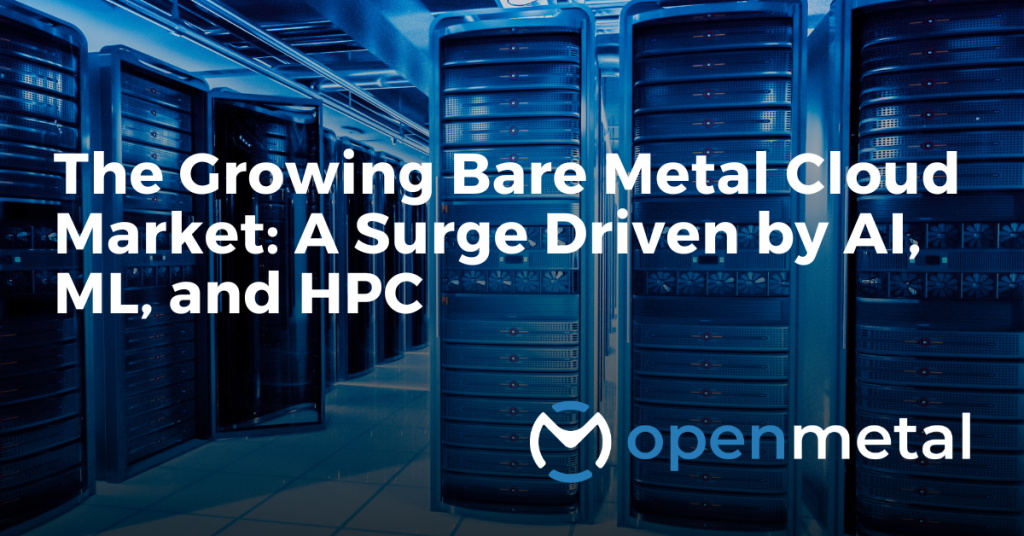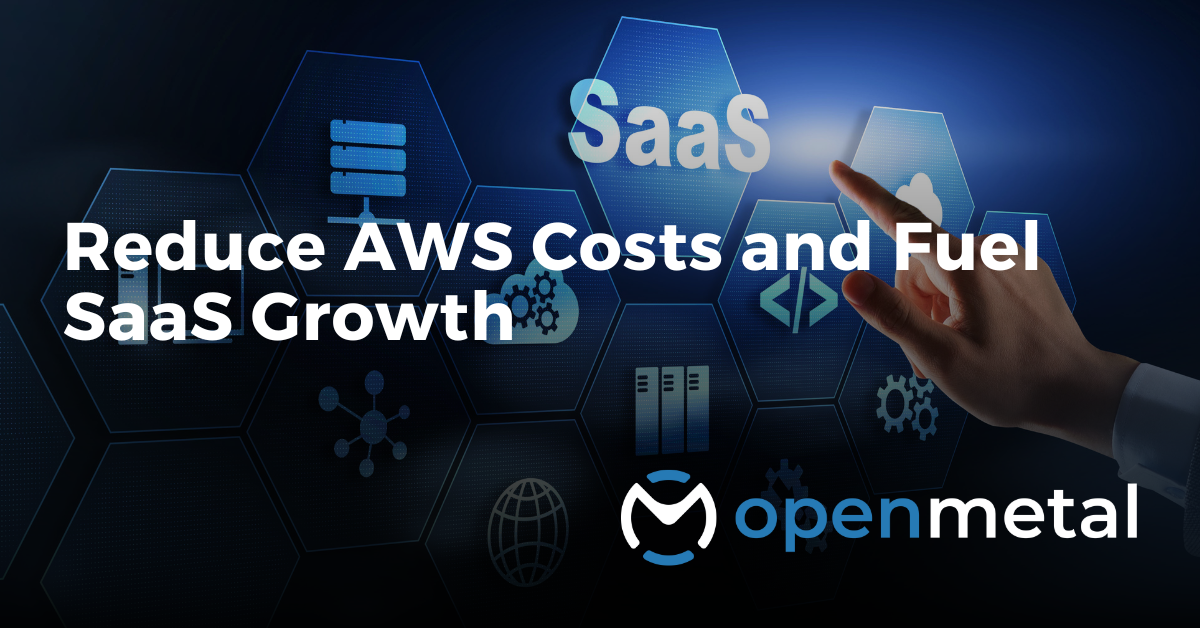The Expanding Bare Metal Cloud Market: Growth Fueled by AI, ML, and High-Performance Computing
The bare metal cloud market is poised for significant growth in the coming years, fueled by the rapid advancements in artificial intelligence (AI) and machine learning (ML), as well as the increasing demand for high-performance computing (HPC). As businesses across various sectors seek more efficient and powerful computing resources, bare metal cloud solutions are becoming an attractive option. This article explores the factors contributing to the growth of the bare metal cloud market and provides insights into its future trajectory.
Market Growth and Projections
According to a recent report by MarketsandMarkets, the global bare metal cloud market was valued at approximately $2.57 billion in 2021 and is projected to reach $8.47 billion by 2026, growing at a compound annual growth rate (CAGR) of 26.4% during this period. This growth is in parallel to the overall explosive need for more cloud computing across all sectors.
AI and ML: Catalysts for Change
One of the primary drivers of the growth of bare metal servers is the rise in AI and ML technologies.
According to a report by IDC, worldwide spending on AI systems is projected to reach $110 billion in 2024, up from $50 billion in 2021.
This exponential growth in AI investment directly correlates with the increasing demand for high-performance computing. Bare metal solutions offer dedicated hardware and with the elimination of virtualization overhead, provide the perfect environment for custom workloads, especially when processing vast amounts of data and performing complex calculations.
Moreover, a report from Gartner indicates that by 2025, 75% of organizations will have shifted from a focus on virtualization to a focus on containerization and bare metal for their cloud infrastructure.
This shift underscores the growing recognition of the benefits that bare metal cloud solutions can offer, especially for AI and ML workloads.
Other factors contributing to growth of bare metal market
Beyond the influence of AI, ML, and HPC, here are some of the key drivers to the growth of use of bare metal servers in Enterprise IT.
- Customization and Flexibility: Bare metal cloud solutions allow businesses to configure hardware to meet specific requirements, appealing to organizations with unique workloads, and enabling them to optimize performance without the constraints of virtualized environments.
- Cost Efficiency and Performance: Workloads that have high resource utilization and real time processing generally benefit from being on bare metal. Eliminating the latency and overhead associated with shared virtualization environments, allows organizations to achieve better performance at a lower cost.
- Security and Compliance: For organizations concerned about data security and regulatory compliance, bare metal (on-prem or hosted) offers enhanced isolation and security features, including dedicated physical servers that reduce the risk of data breaches associated with multi-tenancy in virtualized environments.
- Edge Computing: The rise of IoT and edge computing is driving demand for bare metal solutions that can handle data processing closer to the source. Bare metal servers can be deployed in edge locations to provide the necessary computing power without relying on centralized cloud infrastructure.
- Support for Legacy Applications: Many enterprises have legacy applications that require dedicated resources and specific configurations. Bare metal clouds can effectively support these applications while allowing organizations to modernize their infrastructure.
Key Players in the Market
Companies such as IBM, Oracle, and Dell Technologies have made significant investments in their bare metal cloud offerings, catering to the growing demand for dedicated resources. Additionally, newer entrants like Packet (now part of Equinix), Vultr, and OpenMetal are also gaining traction by providing flexible and scalable bare metal solutions.
These companies are continuously evolving their offerings to meet the needs of enterprises looking to leverage AI and HPC capabilities. As the market matures, it is expected that collaborations and partnerships will further enhance the service offerings available to customers.
Conclusion
The bare metal cloud market is experiencing significant growth, driven by the rise of AI and ML technologies, the increasing need for high-performance computing solutions, and the need for more granular control over the IT infrastructure. With projections indicating a substantial increase in market value over the next few years, organizations are increasingly turning to bare metal cloud providers to meet their computational demands.
For organizations looking to stay competitive in an increasingly data-driven world, investing in bare metal cloud solutions may be the key to unlocking new opportunities for growth and success.
References
- MarketsandMarkets. (2021). Bare Metal Cloud Market by Component (Hardware, Software, and Services), Deployment Model (Public, Private, and Hybrid), Organization Size (Large Enterprises and SMEs), and Region – Global Forecast to 2026.
- IDC. (2021). Worldwide Spending on AI Systems Will Reach $110 Billion in 2024, According to New IDC Spending Guide.
- Gartner. (2021). Predicts 2025: Virtualization Will Give Way to Containerization and Bare Metal in Cloud Infrastructure.
Read More on the OpenMetal Blog
Private Clouds in FinOps: Strategic Insights
As workloads grow and variable costs come into the mix, understanding your cloud invoice can become rather challenging. FinOps serves as the guide assisting organizations to navigate the financial intricacies of their cloud usage by providing the framework for interdepartmental collaboration.
Mastering Cloud Costs: On-Demand Private Clouds and the Future of Cloud Infrastructure
With the growing popularity of cloud services, organizations are continuously looking for ways to optimize costs and improve their IT infrastructure. On-demand private clouds have emerged as a viable solution for businesses to reap the benefits of both reduced costs and enhanced flexibility.
Public Cloud Waste at 28%: Time to Consider On-Demand Private Cloud as an Alternative?
This article presents the known benefits of private cloud, the factors that make organizations hesitant about the move, on-demand private cloud as the true alternative to public cloud, and also three business use cases that could reduce cloud spend while moving from a public cloud.






































